IPC-2591 has a Identity Crisis
TL;DR: The New Royalty-Free CFX-2591 Logo is available here.
I hate business politics. It's one of the main reasons I founded the business many years ago to get away from it. Just getting the job done and pleasing customers was the goal, but of course that doesn’t remove the politics of dealing with the outside world.
What can make it worse is when you can predict something is going to occur but you don't know when it will.
We aim to create supportive technologies that help the industry we serve. This is contrary to the normal direction you get tasked with when running a venture capital based start-up business. Investors want you to be disruptive, have high growth, take market share and cash in by exiting, or fail-quickly.
When dealing with a conservative industry with tried and tested protocols of doing business, I have realised being a new outsider business with a drive to modernise and create an inclusive environment, you can easily become a disruptor by your actions driving for that change.
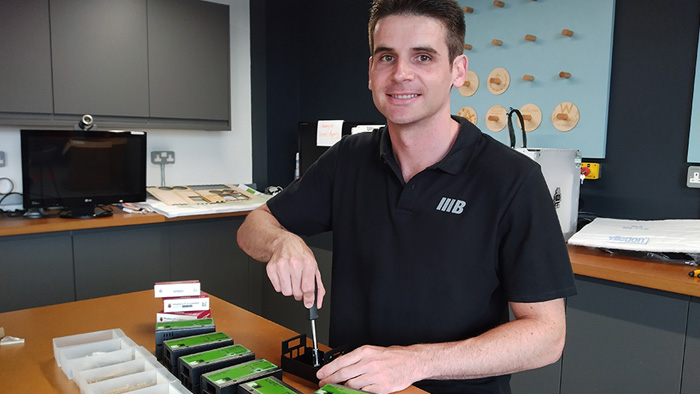
As we are in the business of connecting SMT manufacturing equipment we had to join the membership of the various data standard committees that orchestrate the development of the standards.
I never liked the concept of committees. They often present closed clubs that aren't very inclusive or, quite often over time, become not very transparent from those looking in from the outside. Those in the know, forget what those without the know, need to know.
Transparency
Transparency is a key change to Industry 4.0 and I have always known the generational change will achieve this rather than any direct actions. Generation Z and the older Millennials see it as second nature to present to the world what they do. It’s rewarding to show off what you do and doing so represents the business you work for in the natural organic way rather than a clinical way directed by the marketing department.
I was introduced to the new factory-wide publish-subscribe communication standard called the Connected Factory Exchange (CFX) by Michael Ford at Europlacer. I had first come across Michael when he worked for Mentor Graphics promoting another up and coming standard, at that time, called the OML (Open Manufacturing Language). Michael left Mentor as they started to believe they could sell the new data standard. As we all know this is a recipe for poor uptake and failure.
To achieve uptake in new standards, the industry often uses what I like to call crowbar methods:
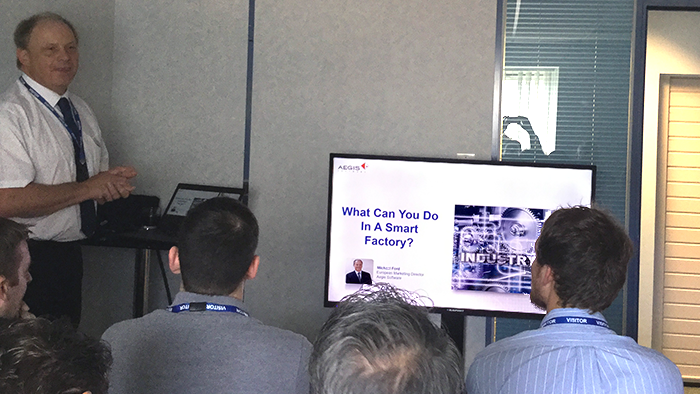
The first get a number of the big names of the industry to be the first users of it and therefore promote it. The second is to get a trade association to rubber stamp it as their own. The Hermes Standard used the first method and the CFX used the second.
What I hope for in the future is the technologies alone becoming the driver and uptake will occur organically. It's the underlying technology that is the interesting part and the brand names are really for the management at the C-Suite. The downside of that is often the C-Suite sees the standards as something completely new, when in fact the underlying technologies and datasets are well known.
IPC-2591 First Impressions
Putting the technology aside, the next thing I have been more interested in with these news data standards is observing how the founding members have approached the task of development and rollout.
The Hermes Standard only let equipment manufacturers into the membership and created a Brand and Logo that was open for all to use. This excluded us originally as we were at the start a software only company however they published development documents on their website for everyone to use. We were allowed to join after we launched our SMEMA Hermes Adaptor.
The initial software stub of what would become the CFX was donated by Aegis Software and the American trade association IPC International would assist with the accreditation of applying a standards number.
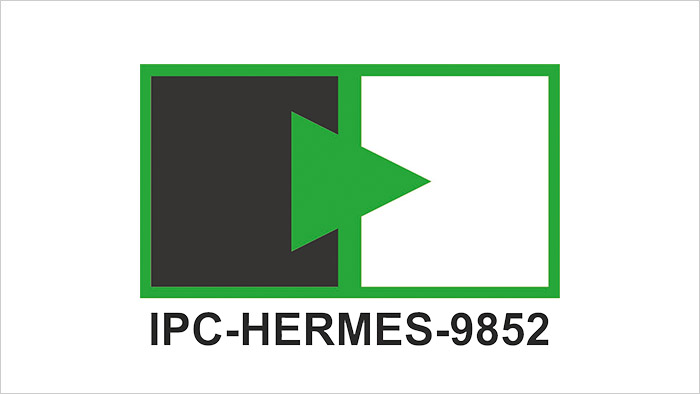
Interestingly, both Hermes and the CFX have IPC standard numbers, though Hermes has never officially been under the control of the IPC and seems to have been gifted a number because Hermes is replacing SMEMA 9851.
Fun Fact: SMEMA itself was a trade association that was merged with the IPC back in 1999
Warning Signs
In the modern marketing age we live in you can't promote something without a brand and logo associated with it. As I have said before I hope technology alone becomes the driving force in the future and the danger of branding is management in the C-Suit see it as yet another standard or yet another costly software development to undertake. But we are all humans and like shiny new things.
The biggest visual differentiator between the two standards was the Hermes committee was very upfront that it's logo and branding was owned by nobody and so open to use to promote not only the standard but also any products created associated with it.
The CFX had a friendly name of Connected Factory Exchange, often reduced to a three-letter acronym of CFX, a IPC standard number of 2591 and a logo that seemed to always go with it. How it should be promoted in a text form is still a mystery to me, IPC-CFX, IPC-CFX-2591, Connected Factory Exchange or what we now prefer CFX-2591.
What was troubling with the logo is it featured the IPC corporate identity logo. You don't have to be a legal professional to know that applying your trade mark to a logo would mean that either you would lose the rights to it, or you would have to licence its use at some point.
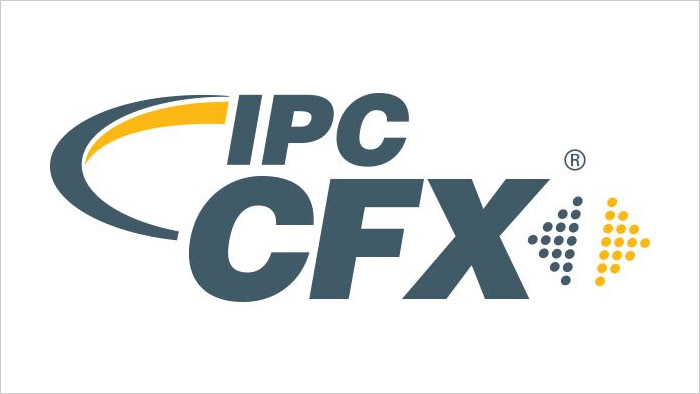
The Raspberry Pi went through the same headache at its inception. Initially turning a blind eye to the use of its logo, before creating a 'Powered by Raspberry Pi' logo that was licensed to users like ourselves who requested it.
I'm not in favour of the licensing model as people come and people go and policies can change over time. It’s best to be clear of the use from day one.
The Android Operating systems is another good example of a backer distancing themselves from the implementation. Android is a Open Source project heavily funded and supported by Google but it's logo does not feature Google's logo.
Creating a CFX product was always on our roadmap and we begun investigating the SDK (Software Development Kit) in 2017 however we could see there was more work to be done and we shelved the project but created a brochure website to promote what we intended to create featuring the CFX logo and fished for customer feedback.
We Waited
The website was live for many years and we knew it was on the radar of the IPC staff and the CFX committee such as Michael Ford. We also registered as a CFX supporter on the IPC's website so our link was visible there.
We gained a lot of interest from potential customers over the years but all were rolling out IPC-Hermes-9852 first and then they would need a CFX connection as a secondary phased project, so we didn't begin development until we gained UK Government financial support. This would also reduce the cost to the end customers as the bulk of the R&D would be paid for.
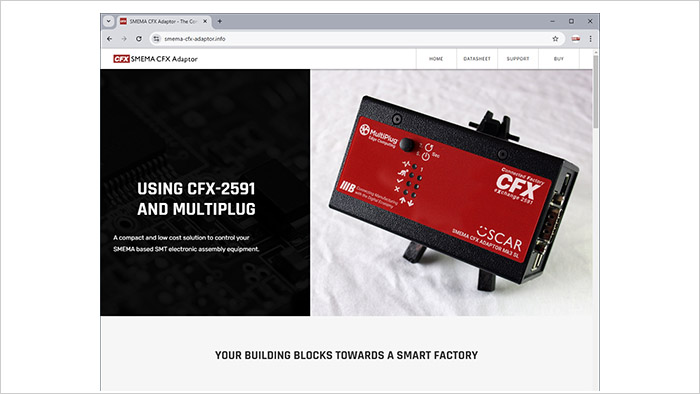
Then out of the blue we received this email on the 26 July 2023
IPC noticed that you are using the IPC-CFX logo and IPC-2591 on your commercial converter box and in marketing about the box without authorization from IPC. IPC reserves the use of this registered logo for companies that have had their equipment qualified to the mandatory IPC-CFX message sets using the IPC-CFX Validation and Qualification System.
IPC needs you to immediately remove the IPC-CFX logo and IPC-2591 from your equipment and any promotions regarding your equipment. Please respond by August 31 to show you have complied with this request.
Staff Member, IPC International, Inc.
Did I mention that in the meantime before, the IPC had decided to monetise the standard by creating a Validation System that companies could pay $1,000 for to receive a stamp-of-approval new logo which was a copy of the existing logo but with a QPL mark on it. I had thought the QPL logo distinguished those who have gone through the Validation System and those that had not.
I have no issue with a private company creating a service for others but retrospectively adopting the logo for a different use was a sign that my worries that the governance of this free and open standard was not in order.
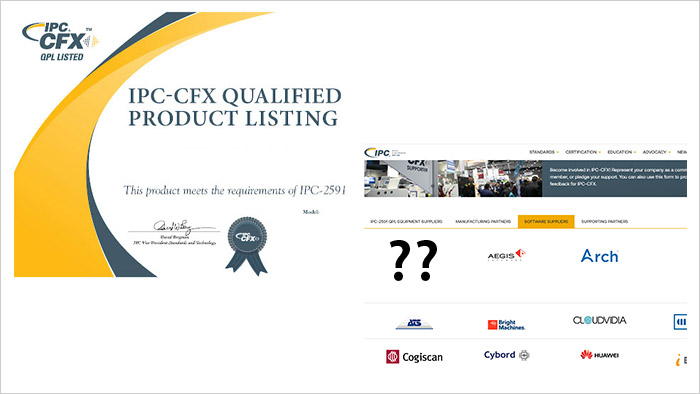
This was not going to be my priority over the next months but we finally got a graphic designer to airbrush out the logo from our marketing images which cost us two days of work.
It was clear to me the IPC staff member was just a messenger in this business politics and I wasn't going to put up a fight. From this point onwards we were not going to be using IPC's CFX logo. We also noticed we had been removed from the supporters page of the IPC website and a gap where our logo once stood stayed for a year. We replied back on the 1st of September 2023. To which I received a reply.
I was given ok by management for you to use the logo, so no need to make any changes.
Regarding the listing on the supporters page, we are limiting that page to companies we know are helping industry with CFX installations and are also engaged with the task group to continue to improve and update the standard.
Staff Member, IPC International, Inc.
OKay, Sigh…
Remember what I said about tried and tested protocols of doing business, well the IPC still favours in-person meetings, knowing that doing these online will presumably only water down their standard meeting value. With the frustration of the majority of the tech community, it meant to be seen to engage with the 'task group' would mean I had to jump on a airplane to attend IPC WinterCom in Barcelona during the following January. I literally did this to attend an hour-long meeting. However I was thankful I did because it was the last time I met Michael Ford as he died a week later.
After the meeting I was confronted in Barcelona by the IPC Senior Director Operations of Europe who made all sorts of accusations. Even saying at one point we were not allowed to use the Hermes Standard logo.
My message was simple, the logo had been removed and replaced by one not featuring the IPC corporate identity and they needed to adopt this or create their own. The use of the IPC's logo can be used for QPL customers as a badge of honour. Finally the IPC International needs to get its ship in order by stating the rules on its website.
What can we learn from this?
- The IPC has created a standard using it's normal procedure.
- But it has also implemented this standard triggered by the donation of the source code from Aegis Software.
- It has billed the standard as Free and Open, with only the standard documentation that requires payment.
- With good intentions, it began the marketing of the standard by creating a logo which the community believed it could use.
- Data standards are a new world for the IPC having previously only been in control of paper standards documents, membership, training and the hosting of trade shows.

Moving Forward
We gift to the community our New Royalty-Free CFX-2591 logo.
It uses both the three-letter acronym CFX and also spells what it is in long form for newbies. A number has been used to hint at the IPC's standard number. We have also intentionally used the same typeface so it assures customers that this isn't a competitive open source project that has been forked from the code base.
More importantly it doesn't feature the IPC's corporate identity logo but that could be used separately with their permission. It can be downloaded here.
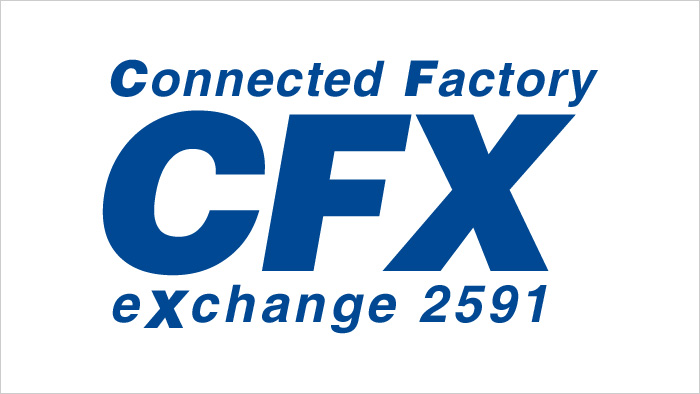
Update: We have been reinstated on the IPC's CFX Supporters page.
About 4IR.UK British Systems
4IR.UK British Systems is a Smart Factory solutions provider for the smart industrial manufacturing sector. We were founded in 2016 after the attendance of the Silicon South First Bourne Business Accelerator. We develop bespoke Software Extensions for the Low-Code No-Code MultiPlug Edge Computing Platform that allows for real time configuration and monitoring of production line equipment. The flexibility of off-the-shelf software combined with inside industrial experience means that 4IR.UK British Systems is ideally placed to anticipate and respond to a factory's changing needs.


